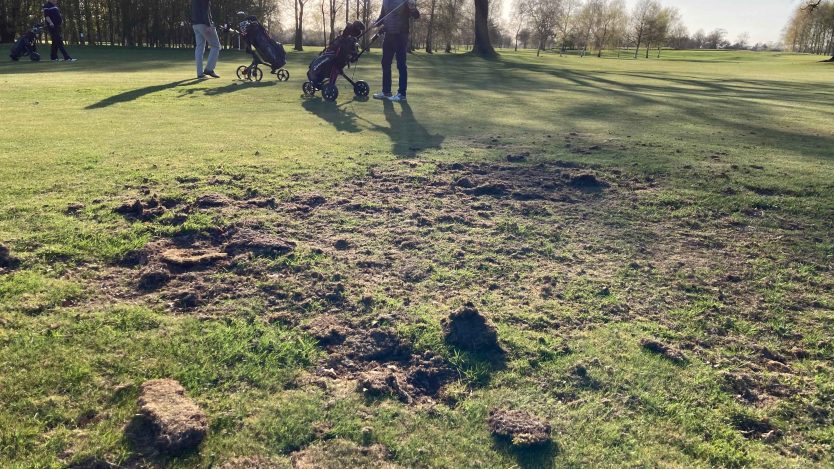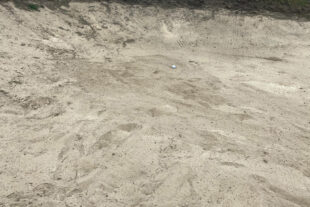Full approval has now been given to an insecticide which can control two pests that can blight our layouts…
This article is part of GCMA Insights – topical content for golf industry professionals, discussing the things that matter to those who work in golf clubs.
An insecticide that blitzes the pests that devastates golf courses can now be used by clubs across the UK.
A full approval for Acelepryn, the Syngenta insecticide, is in place to help curb leather jackets and chafer grubs.
While it had been available to clubs who were suffering most from the tiny insects under an emergency authorisation order, it will now be available for all course managers and head green keepers when they decide it’s needed the most.
The decision comes just in time for chafer grubs, with applications expected in the late spring, and will help hit leatherjackets in the autumn.
Two years ago, leatherjackets, along with chafer grubs, caused carnage at courses all over the UK after chemicals which had previously kept them in check were largely removed and perfect weather conditions allowed them to flourish.
Though that damage was severe, it was by no means a one-off. A 2020 Syngenta survey revealed that of 400 course managers who responded, only one per cent of their layouts had reported no damage from the insects.
Leatherjackets are the larvae of the crane fly, while chafer grubs are the larvae of the chafer beetle.
Get involved in the debate.
To join the GCMA, click here, or to organise a call with a member of the GCMA team, just complete the form below.
Typically, leatherjackets thrive on heavier clay dominated soils and cause damage mainly to greens, while chafer grubs prefer free draining sand dominated surfaces and can cause damage to wide areas of the golf course such as fairways and roughs.
Both feed on the roots of the grass plant, meaning the turf can’t take up nutrients and can cause it to weaken or even dieback. The weaker turf and natural food source also makes the turf very vulnerable to damaging bird and animal foraging.
WHY JOIN THE GCMA?
Membership of the GCMA unlocks a network of like-minded professionals, provides you with support in your professional and personal development, and provides you with a multitude of benefits. Whether that’s the tools that will help you to excel in your profession, or a wide range of services to support your wellbeing, signing up to the GCMA is joining a community.
The full approval label given to Acelepryn covers control of these two insects in greens, tees, fairways and roughs – subject to specific restrictions on the percentage of the area being treated.
“For leatherjackets, changing climatic weather patterns that influence adult crane fly emergence, and subsequent egg laying, has frequently been occurring later in the season,” said Sean Loakes, Syngenta’s Technical Manager.
“The full approval for Acelepryn will enable more flexibility in the precise application timing for more effective results against early-stage larvae activity.
“Monitoring of adult activity will be especially useful when Acelepryn is being used in an integrated programme with NemaTrident nematodes (microscopic worms), where soil temperature and moisture later in the season is important for the predatory nematodes.”
The UK approval will allow one application per year on permitted surfaces at a rate of 0.6 litres per hectare. Trials have shown that has given good control of leatherjackets and chafer grubs.



